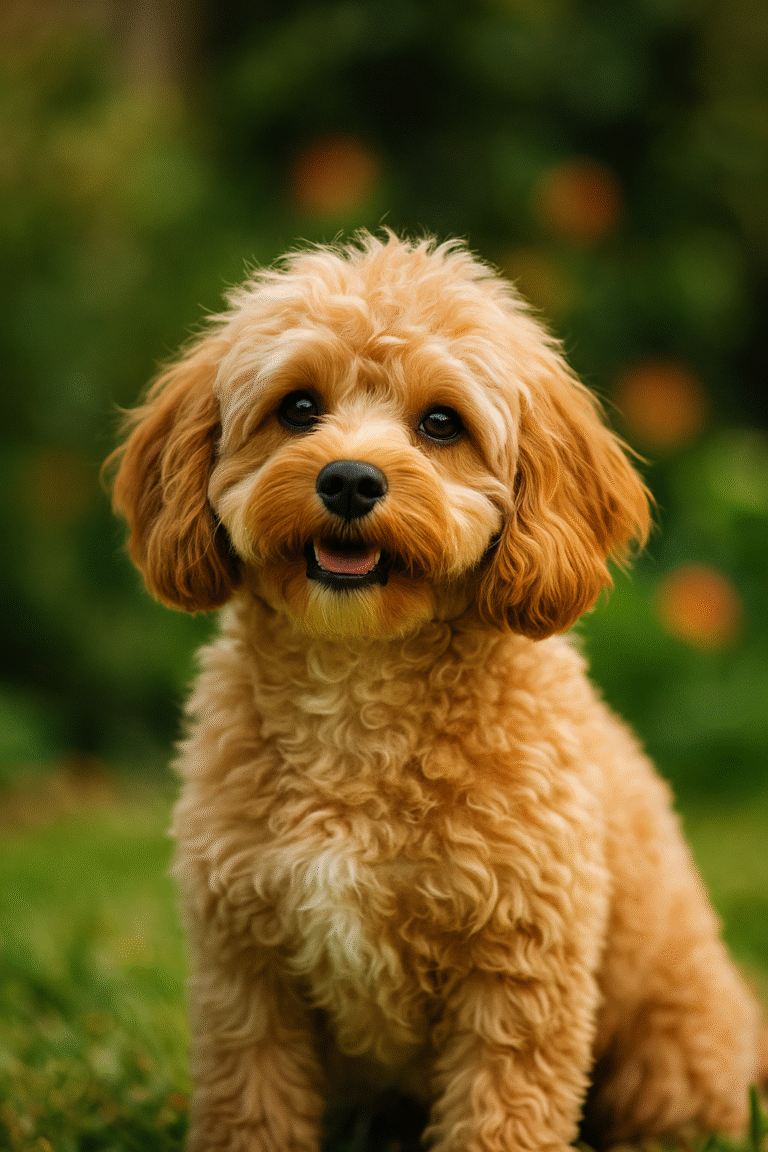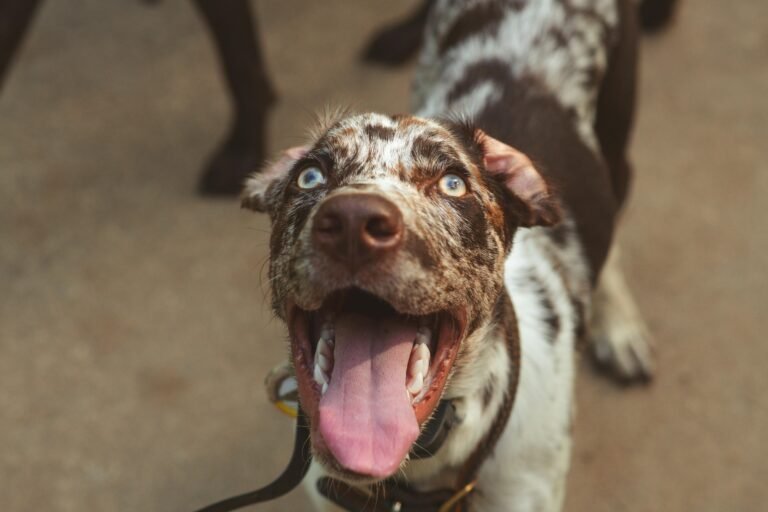Few dog breeds capture the imagination quite like the Dalmatian. Known for their eye-catching coat of spots and their starring roles in popular films, these charismatic dogs are more than just a pretty face. For centuries, Dalmatians have been companions to humans on carriage rides, fire trucks, and in family homes. Understanding what makes this breed tick is essential for anyone considering adding one to the family. This comprehensive guide explores the history, characteristics, temperament, and care requirements of the Dalmatian so you can decide if this energetic spotted dog is the right fit for your lifestyle.
History and Origins
The origins of the Dalmatian are somewhat mysterious. They are named after Dalmatia, a coastal region in Croatia where spotted dogs have been depicted for hundreds of years. Similar dogs also appear in ancient Egyptian art and medieval frescoes, suggesting their ancestors traveled widely through Europe and Asia. By the 17th and 18th centuries, Dalmatians were prized as coach dogs. Their stamina and protective instincts made them ideal companions for horses and carriages, keeping stray animals at bay and adding a stylish flair as they trotted alongside.
In the United States, Dalmatians gained fame as firehouse dogs. Before motorized engines, horse-drawn wagons carried firefighters, and these dogs cleared the path and guarded equipment. Their association with firefighters endures today, where they often serve as mascots for fire departments.
Physical Characteristics
Dalmatians are athletic, medium-sized dogs built for endurance.
- Size: Males stand 22–24 inches and weigh 55–70 pounds; females stand 20–22 inches and weigh 45–60 pounds.
- Coat: Short, dense, white coat covered in round black or liver-colored spots. Puppies are born white, with spots appearing after 2–3 weeks.
- Other features: Floppy ears, expressive brown or blue eyes (sometimes one of each, known as heterochromia), and long, tapering tails.
Despite their sleek coat, Dalmatians shed heavily. Weekly brushing with a rubber curry or grooming mitt helps manage loose hair, and a balanced diet contributes to coat health.
Temperament and Personality
Behind the glamorous spots lies a big personality. Dalmatians are intelligent, alert, and highly energetic. They form strong bonds with their human family and thrive on attention. Without sufficient engagement, they may become bored or destructive.
- With family: Affectionate, playful, and often clownish with their antics.
- With children: Generally friendly, though sometimes too rambunctious for very young kids.
- With strangers: Can be wary due to strong guarding instincts; early socialization is key.
- With other pets: Typically fine if introduced early and properly socialized.
Exercise and Training
The Dalmatian’s carriage-dog heritage shows in its need for vigorous exercise. Simply letting them out in the yard is not enough. Plan for at least 1–2 hours of daily activity.
- Long walks, running, cycling, hiking, or fetch in secure areas.
- Dog sports like agility, flyball, and obedience trials.
- Mental stimulation with puzzle toys, scent games, and training sessions.
Dalmatians respond best to positive reinforcement training with rewards and praise. They can be strong-willed, so consistency and patience are essential. Early obedience classes and socialization help ensure they grow into well-mannered companions.
Health and Lifespan
Dalmatians typically live 11–13 years and are generally hardy, but they do have some breed-specific health concerns:
- Deafness: About 10–12% are deaf in one or both ears. Responsible breeders screen puppies.
- Urinary stones: Dalmatians metabolize purines differently, making them prone to stones. Diet management, hydration, and frequent bathroom breaks help reduce risk.
- Other issues: Allergies, hip dysplasia, and skin conditions may occur.
Regular vet checkups, parasite prevention, and a healthy weight all contribute to long-term wellness.
Grooming and Maintenance
The short coat is low-maintenance but sheds year-round. Routine grooming helps keep it manageable:
- Brush once or twice a week with a hound glove or soft bristle brush.
- Bathe only when necessary to preserve natural coat oils.
- Check and clean ears regularly; trim nails every few weeks.
- Brush teeth several times weekly and offer dental chews.
Because of their energy, Dalmatians do best in homes with fenced yards and active families. Apartment living can work with committed daily exercise. In hot weather, protect their skin from sunburn with shade or dog-safe sunscreen on light areas.
Living with a Dalmatian
Life with a Dalmatian is rewarding but demanding. They thrive in households where they can join daily adventures—running, hiking, or long walks. They dislike being left alone for long periods and can develop unwanted behaviors without sufficient activity. Prospective owners should consider their shedding, energy levels, and need for training.
Conclusion
Choosing to bring a Dalmatian into your life is a big decision. These unique dogs are steeped in history, full of personality, and unforgettable companions. With their stunning appearance, boundless energy, and affectionate nature, they make devoted friends—but only with time, training, and commitment. For active individuals and families ready to embrace the spots, the Dalmatian offers years of loyalty, laughter, and love.






